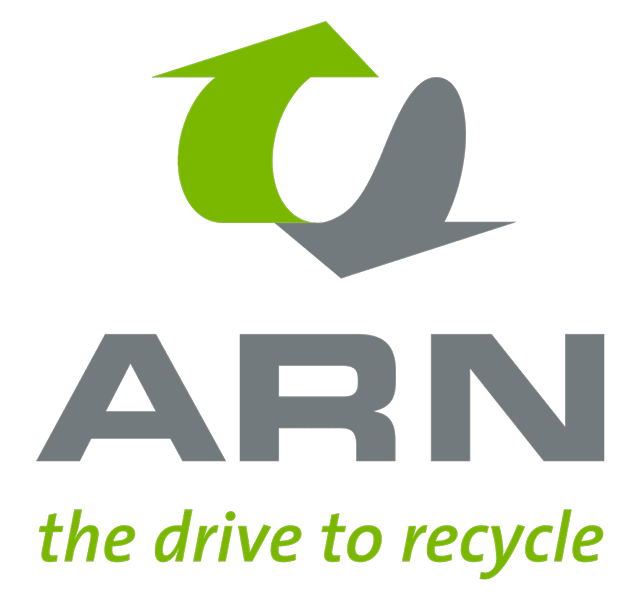Cheaper, and better for the environment
Pre-owned, that’s where we’re heading

The days when it was standard practice for a garage to install a brand new part during a repair have been well and truly relegated to the past. Used parts have become the new normal. First of all, check whether a second-hand part, which is often just as good as a new one, is available. Only if it’s not available, order a new one. It’s more sustainable, and cheaper.
During the past few years, car dismantling, shredding and recycling companies have achieved a recycling level of over 98 per cent. A total of over 200,000 cars are sustainably recycled every year, with practically all the recovered materials being reused. When a car is deregistered to be dismantled, all fluids and parts must be removed within 10 days. And by the time all the usable parts have been removed from the car, all that will be left is its shell. Wherever possible, the removed parts are then given a new lease of life in another car.
It sounds no less than logical, but the aim is to substantially increase the use of original used parts. And it’s for this reason that in 2020, Stiba, the trade association and advocate for certified car-, motorcycle-, truck- and related vehicle-dismantling companies, launched its “Sustainably Used” campaign. The campaign encourages garages and consumers alike to use more used parts.

The benefits of original used parts
The installation of used parts offers benefits all round. It’s a good fit with the circular economy, for example, and up to 60 per cent cheaper. It’s sustainable too, because it doesn’t require additional raw materials. It also meets the requirement of all member states of the European Union that at least 95 per cent, by weight, of end-of-life cars is gainfully reused. In addition to the environmental benefits, there is also an economic one, given that the sale of used parts forms a significant part of the earning capacity for many car-dismantling companies. And you can add to this the facts that the average lifespan of a car in 2020 was 18.9 years and that car dealers often “only” continue to supply parts for 10 years after the last model has rolled off the production line. All this serves to underline the need to use original, used parts.
Sustainable Development Goals
For the fourth year, ARN has measured itself against the benchmarks of the Sustainable Development Goals (SDGs) in the context of being “lean and green”. The SDGs depicted here apply specifically to the content of this page.
Regulated by law
In France, in contrast to the Netherlands, the law stipulates that for repairs of cars that are two years and older, garage owners must also offer a quote for original used parts. And while it appears that this does not always happen in practice, and is certainly not enforced, it has nonetheless given a boost to the sale of original, used parts, particularly in the independent service channel for second- and third-hand cars that are seven- to eight-years-old. This is most probably due to the heightened awareness brought about by the legislation and the infrastructure that specialised companies have set up to accommodate the enormous flow of used parts. Furthermore, insurance companies in France actually encourage the use of original, used parts. All-in-all, the sale of original, used parts has increased exponentially these past few years.






